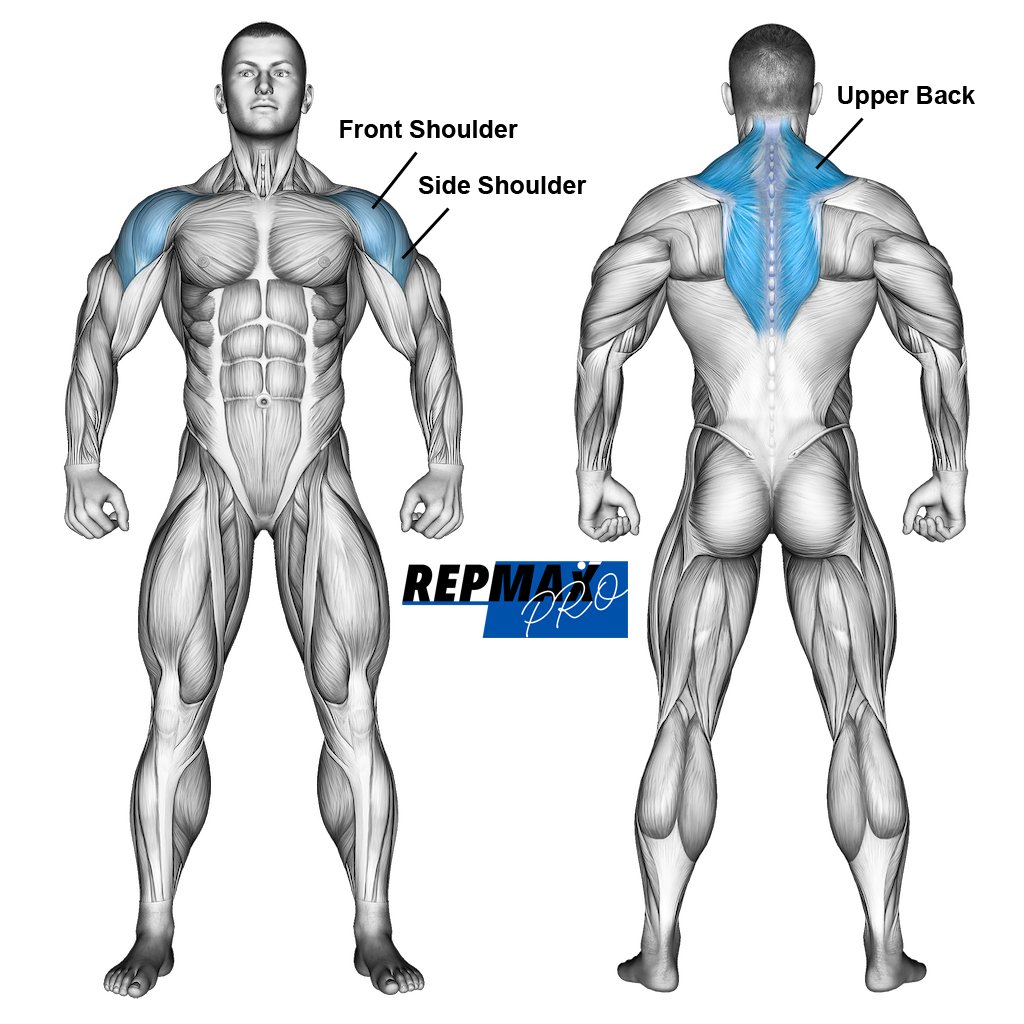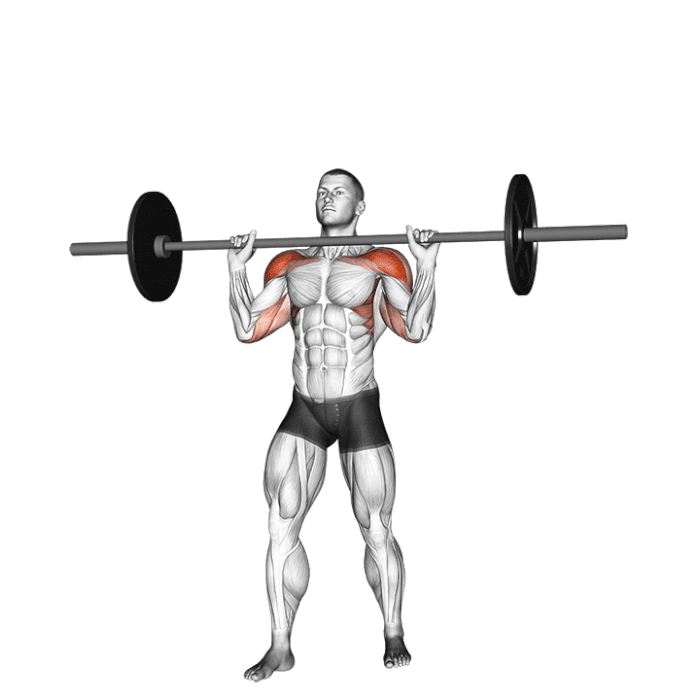Australian Pull-Ups with Suspension Straps
The Australian Pull-Up, often referred to as an inverted row, is a horizontal pulling exercise where your body is suspended from suspension straps. In this exercise, you hang beneath the straps at an angle, pulling your chest toward the handles while keeping your body in a straight line. The straps add instability, requiring extra core and stabilizer muscle engagement. This makes it a versatile exercise that can be scaled for both beginners and advanced athletes.
The exercise is an excellent alternative to traditional pull-ups, as it allows you to perform a rowing motion that focuses more on your mid-back and rear deltoids.
Targeted Muscle Groups

Primary Muscles:
- Latissimus Dorsi (Lats): The primary pulling muscles engaged during this movement. They help in bringing your body closer to the straps by pulling the arms down.
- Rhomboids: These muscles assist in retracting the shoulder blades during the pulling phase of the exercise.
- Rear Deltoids: The rear portion of the shoulder muscles is heavily involved in pulling and stabilizing the shoulders.
Secondary Muscles:
- Biceps: Assist in bending the arms as you pull your chest toward the handles.
- Trapezius (Traps): These upper back muscles help stabilize the shoulder blades during the movement.
- Core Muscles: The abdominal muscles are engaged to maintain a rigid body line and prevent sagging during the pull.
- Forearms: Help with grip strength and maintaining control of the suspension straps.
Equipment Needed
- Suspension Straps (TRX or similar): Adjustable straps that allow for the body to be suspended and for varying angles to increase or decrease difficulty.
- Anchor Point: A sturdy anchor point such as a pull-up bar, doorframe, or ceiling hook to attach the straps securely.
How to Do the Australian Pull-Up with Suspension Straps: Step-by-Step Guide
1. Set-Up:
- Attach the suspension straps to a sturdy anchor point and adjust them so the handles are about waist height.
- Ensure that the straps are secure and even on both sides.

Muscles used in the military press.
Illustration credit © Aliaksandr Makatserchyk
2. Position Yourself:
- Grab the handles with an overhand grip and walk your feet forward, positioning your body at an angle.
- The more horizontal your body, the harder the exercise will be.
3. Start Position:
- Your body should be in a straight line from your head to your heels, with your arms fully extended and your shoulders directly under the anchor point.
- Engage your core and keep your chest lifted.
4. Pull Your Chest to the Handles:
- Exhale as you pull your chest toward the handles, squeezing your shoulder blades together as you rise.
- Your elbows should stay close to your sides, and your body should remain straight.
5. Lower Back Down:
- Inhale as you slowly lower yourself back down to the starting position, maintaining control throughout the movement.
- Ensure your body remains in alignment, avoiding any sagging or arching of the hips.
6. Repeat:
- Continue the movement for the desired number of repetitions, keeping a steady pace and focusing on form.
Recommended Reps and Sets
- Beginners: 2-3 sets of 8-10 reps, with 60 seconds of rest between sets.
- Intermediate: 3-4 sets of 10-12 reps, with 45 seconds of rest between sets.
- Advanced: 4-5 sets of 12-15 reps, with 30-45 seconds of rest between sets.
Pro Tips for Success
- Focus on Body Alignment: Keep your body in a straight line from head to heels, engaging your core to prevent your hips from sagging.
- Control the Movement: Avoid using momentum to pull yourself up. Instead, focus on a slow, controlled motion for better muscle activation.
- Vary the Angle: The steeper the angle of your body, the more challenging the exercise becomes. Beginners can stand more upright to reduce the difficulty.
- Engage the Back Muscles: Focus on pulling through your back muscles rather than relying solely on your arms. This will maximize the effectiveness of the exercise.
- Squeeze at the Top: Pause briefly at the top of the movement and squeeze your shoulder blades together to enhance muscle engagement.
Common Mistakes to Avoid
- Letting Hips Sag: Allowing your hips to sag can reduce the effectiveness of the exercise and put a strain on your lower back. Keep your core tight and your body straight.
- Using Momentum: Avoid jerking or swinging your body to complete the movement. This reduces muscle engagement and increases the risk of injury.
- Improper Grip: Using a loose or improper grip can make it harder to control the movement. Keep a firm, overhand grip on the handles at all times.
- Shrugging Shoulders: Keep your shoulders down and back to avoid excessive tension in the neck and traps. Focus on pulling with your back rather than lifting with your shoulders.
- Not Fully Extending Arms: Make sure to fully extend your arms at the bottom of the movement to engage the muscles through the full range of motion.
Australian Pull-Ups with suspension straps are a versatile and effective exercise for developing upper body strength, particularly in the back, shoulders, and arms. They can be easily modified to suit various fitness levels by adjusting the body angle, making them a valuable addition to any workout routine.
This exercise also enhances core strength and stability due to the suspension element, which adds an extra layer of challenge. By focusing on proper form, avoiding common mistakes, and gradually increasing intensity, you can reap the full benefits of the Australian Pull-Up, improving your upper body strength, posture, and overall fitness.
